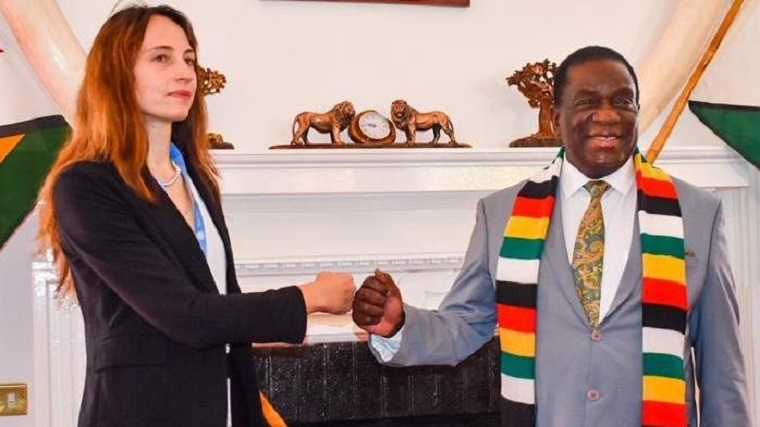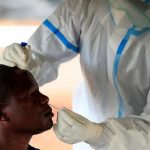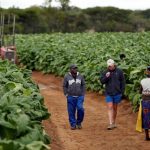Canada imposed an arms embargo and targeted sanctions against government officials and others in Zimbabwe in 2008, citing an escalation in human rights violations and increased political repression. In 2020, Canada said the sanctions will remain in force until there are “positive shifts in Zimbabwean policy that result in improvements in human rights, democracy, freedom and the rule of law.”
Economic and humanitarian situation
Health: Despite some improvement, health services remain poor amid a deteriorating infrastructure, a lack of funding and shortages of all types of health care necessities, including medical equipment and medicines. Much equipment in place is obsolete. There is also an insufficiency of medical staff and training, with vacancy rates of over 50% for doctors, midwives, laboratory and environmental health staff.
Food: Zimbabwe’s humanitarian crisis continues with persistent climatic and economic shocks, with 7.1 million people estimated to be food insecure in 2020. Poor rainfall and erratic weather patterns have harmed crop output. According to the Special Rapporteur on the right to food, who made an official visit to Zimbabwe in 2019, obstacles to enjoying this right stem from the agriculture and land system, land redistribution, poor agricultural productivity, climate change, droughts and floods, and economic sanctions and conditionalities.
Industry: Zimbabwe’s economy comprises three main sectors: services, agriculture and industry. Services accounted for 60.6% of GDP in 2017, while the industrial sector contributed 26.9% and agriculture accounted for 12.5%. Major industries include mining, cement, clothing and footwear, and wood products; each of them faces equipment degradation and deficits of qualified labour.
Education: The education system consists of primary education for children 3-12 years old, secondary education for those 13-18 years old, and tertiary education (universities or specialized schools) for students 19-23 years old. Enrolment rates, based on the most recent data, were 72.5% for children 4-5 years old, 97.3% for children 6-12 years old, 52.4% in secondary education and 8.9% in tertiary education. The literacy rate of the population 24 years old and above was 88.7%.
Internet access: According to the World Bank, about 25.1% of Zimbabwe’s population used the Internet in 2019. A sharp rise in 2009-2015 has slowed considerably, with hardly any rise in 2019. This contrasts with an accelerating expansion of the Internet infrastructure since 2016, as measured by secure servers.
Continued next page
(753 VIEWS)



Pingback: European Union mulling lifting sanctions on Zimbabwe | The Insider
Pingback: Mnangagwa spokesman says there is nothing to celebrate about latest US move on Zimbabwe sanctions | The Insider